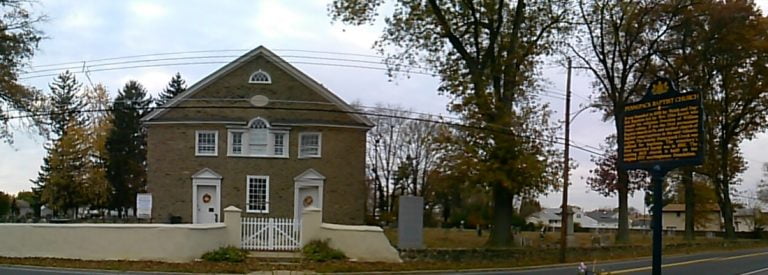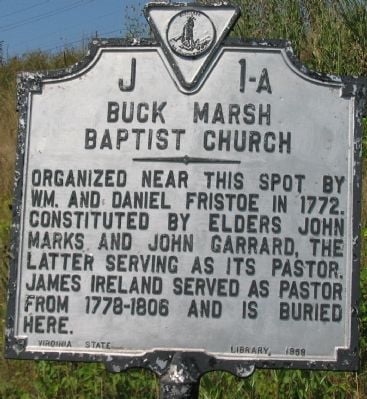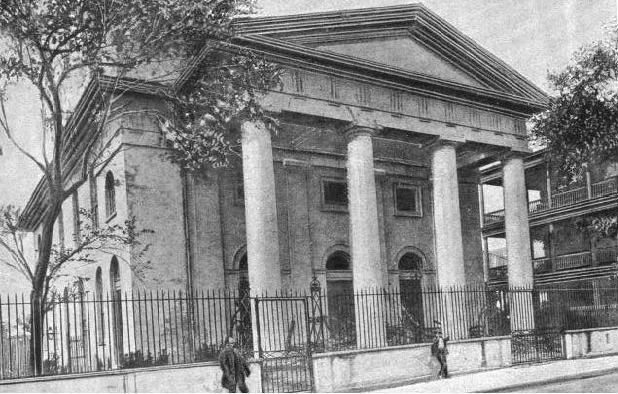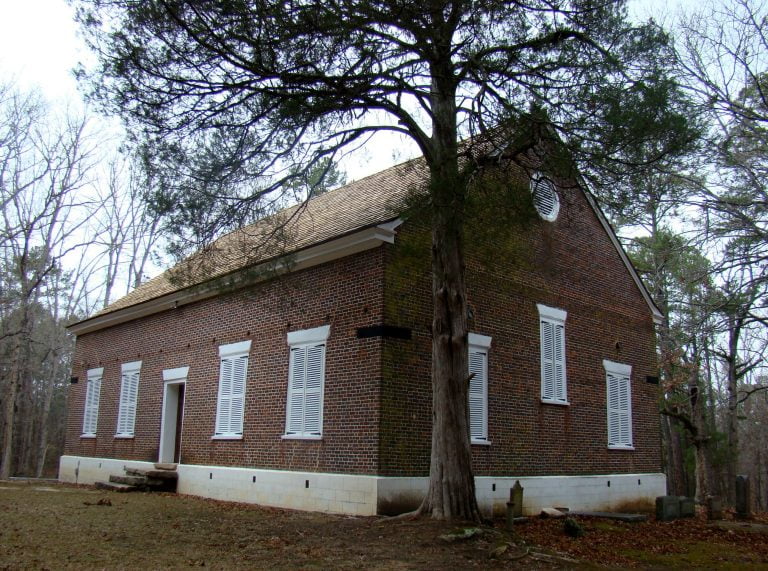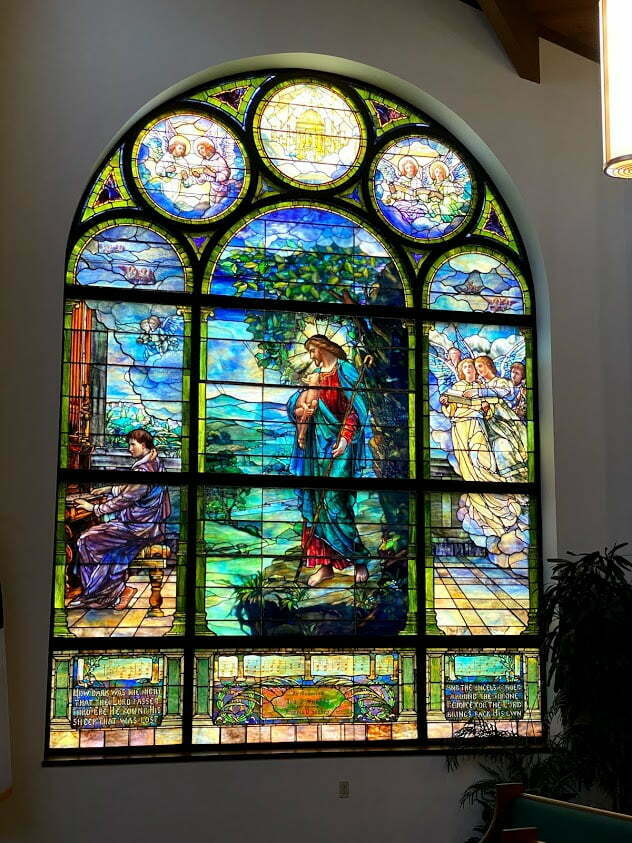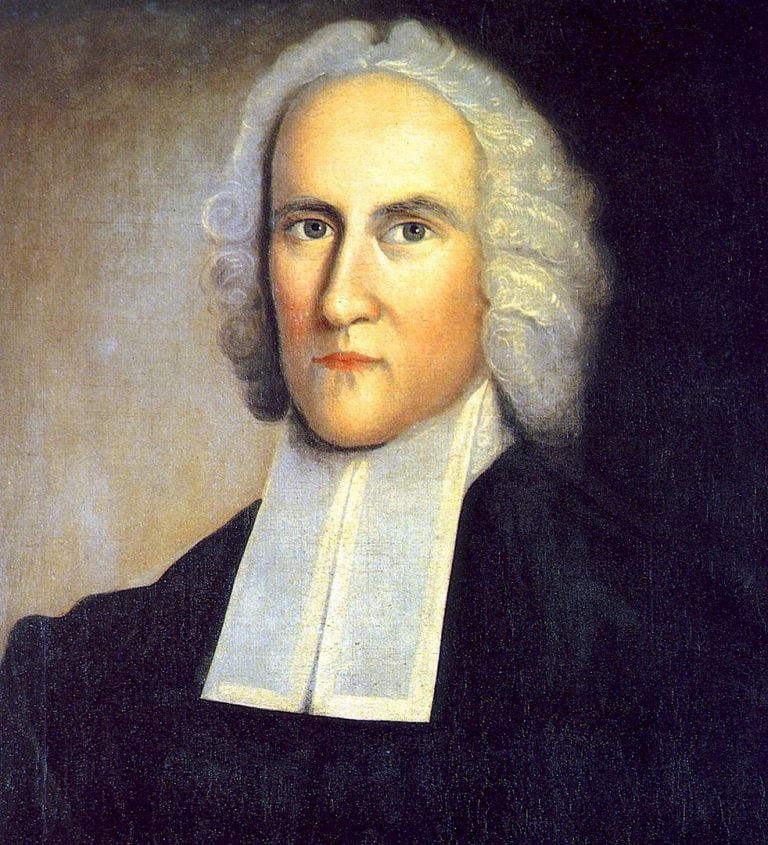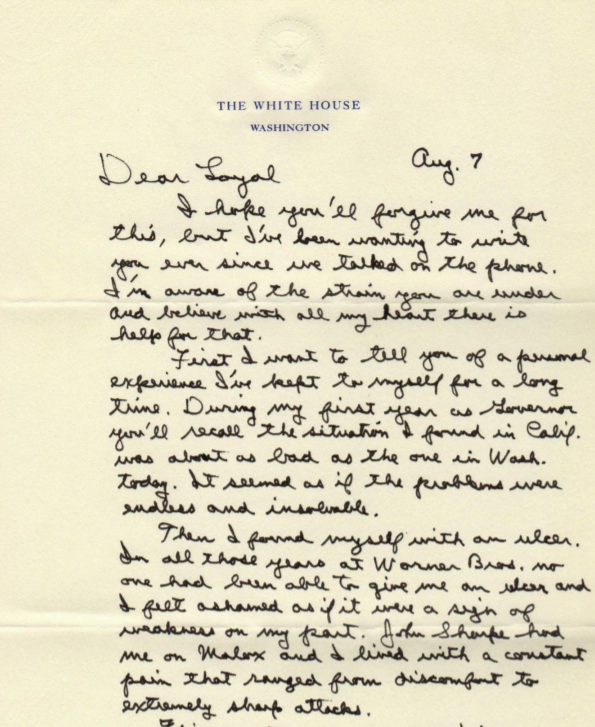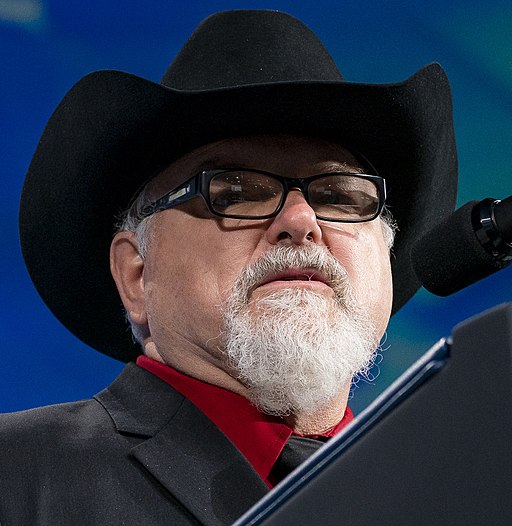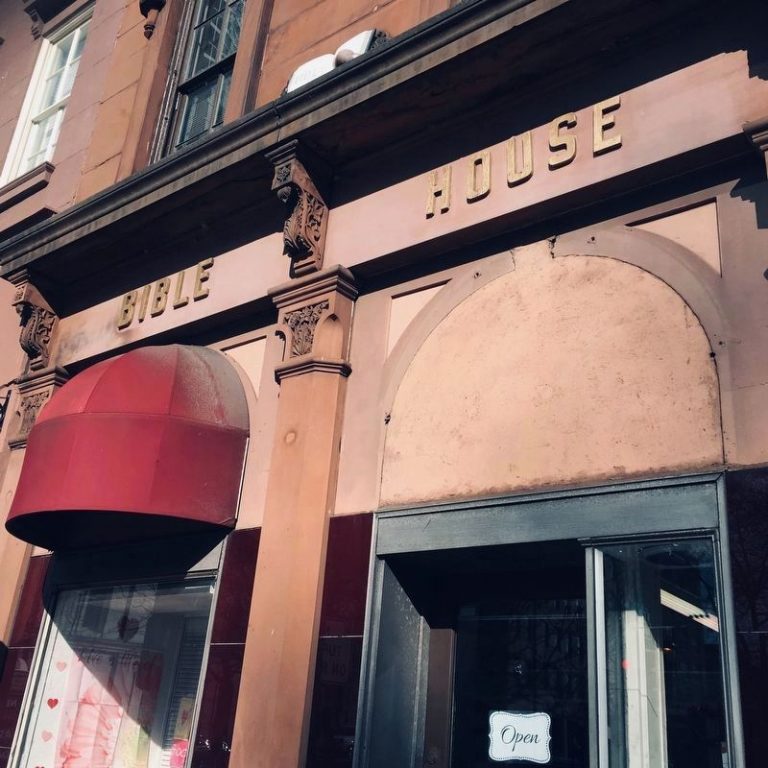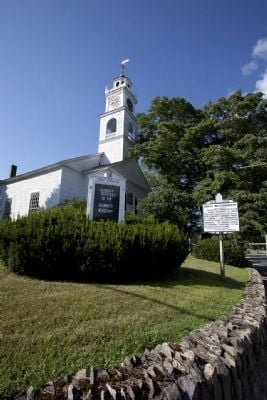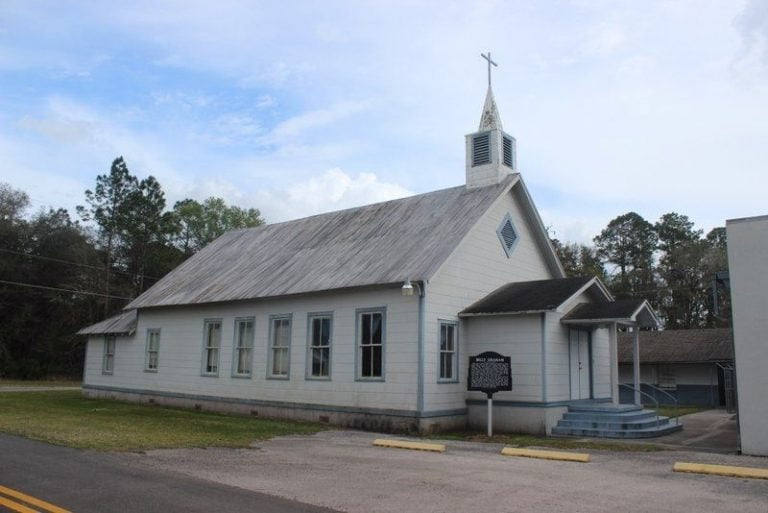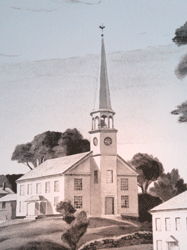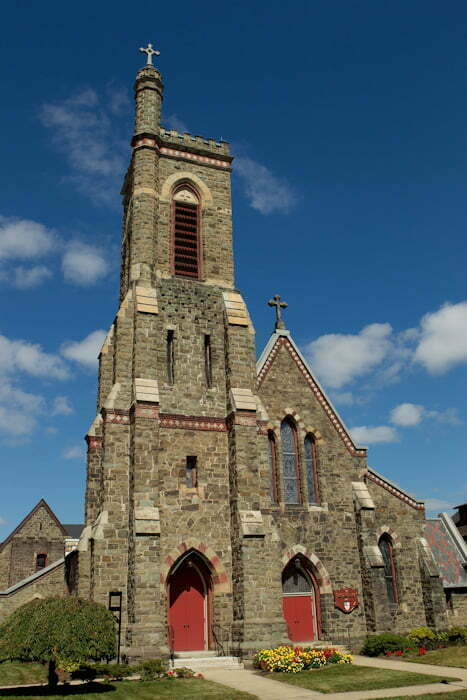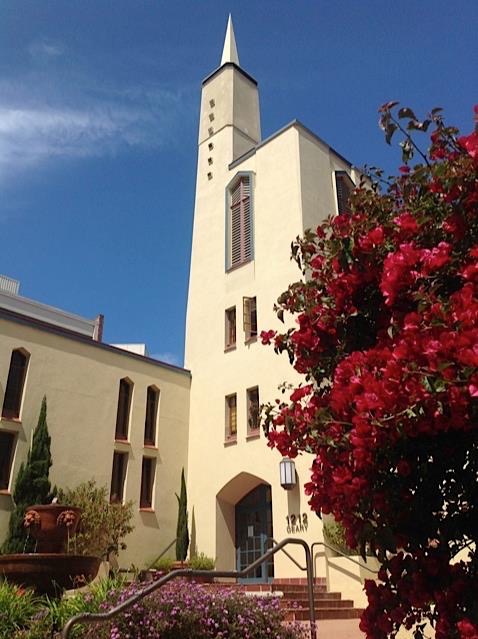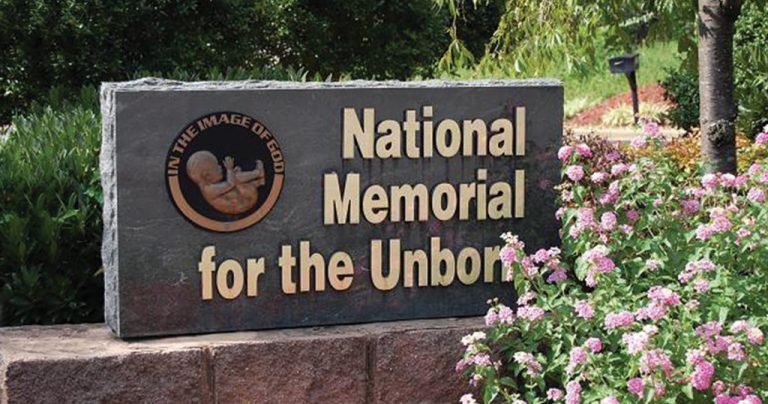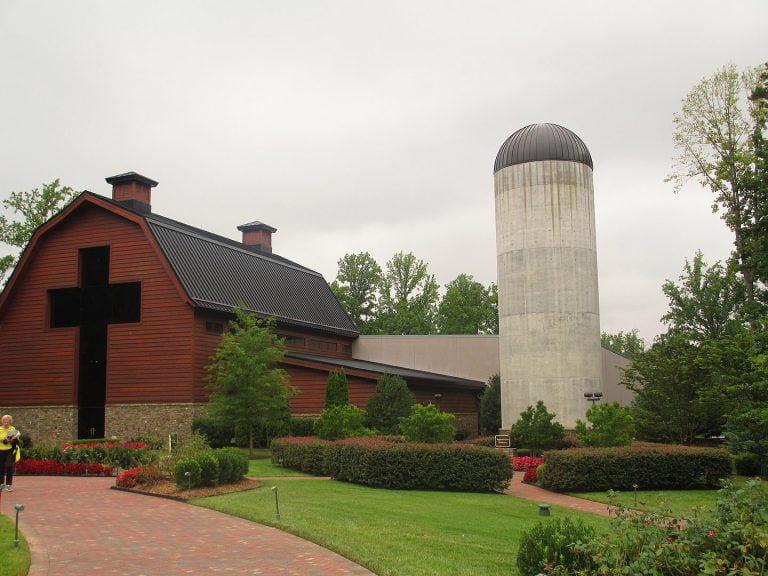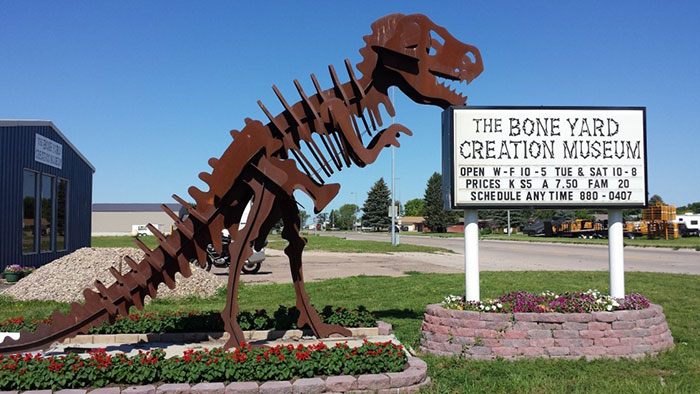Favorite
Pennepack Baptist Church, founded by Elias Keach, in 1688, is the oldest surviving Baptist church in the Middle Colonies. In 1805, at the peak of the Second Great Awakening, during the ministry of Samuel Jones, the congregation erected its present (third) building, constructed from fieldstone collected from the surrounding meadows. Straight-backed box pews occupy the main floor. An elegant, high Read more...
Favorite
Berryville (formerly Buckmarsh) Baptist Church is at 114 Academy Street. John Gerrard (Garrard, ca. 1720-87), in 1772, constituted the Buckmarsh church. James Ireland (ca. 1745-1806) served the Buckmarsh pastorate from 1786 until his death. Ireland’s remains lie in an unknown grave in the Buckmarsh cemetery. A historical plaque marks the site where Buckmarsh Baptist once stood. The plaque is only Read more...
Favorite
First Baptist Church finds its roots in 1696, when William Screven and his twenty-eight member church (est. 1682) moved from Kittery, Maine, and settled near Charleston, as the earliest Baptist church in the south. In 1698, they moved into Charleston, as First Baptist Church, still located on Church Street. Other early Baptist pastors here include Oliver Hart and Richard Furman. Read more...
Favorite
Old Kiokee Baptist Church, founded by Daniel Marshall, is the earliest continuing Baptist church in Georgia. They erected their third (present) meetinghouse, in 1808, with its quaint auditorium, gallery, and hand-hewn pews. The congregation uses this building, at 2520 Ray Owens Road, for special services. For access, contact the church (706-541-1086). Inquire about the Marshall home-site and cemetery. copyrighted and Read more...
Favorite
It was a five mile walk along the CB&Q railroad track, but the teenager, who also worked long hours at a coal mine, had heard about the Salvation Army meetings in Canton and decided he wanted to see what it was all about. Meetings at that time often lasted until 11 p.m., but after walking the five miles home after Read more...
Favorite
Referred to in the Moody Bible Institute archives. The story of the Ninety and Nine, one of Ira Sankey’s most beloved hymns is recorded in this beautiful stained glass window. Ira Sankey Stained Glass Window (Image Credit: Northeast – Sussman Architectural Products LLC. sussmanarchitectural.com/gallery/northeast.) This was a gift of Frances Victoria Edwards, Sankey’s wife, and was manufactured by Tiffany and Read more...
Favorite
Ballard Baptist Church, Seattle, WA We’re here in Seattle at Ballard Baptist Church, built in 1919, where Helen Lemmel was a member while she wrote Turn Your Eyes upon Jesus. She was born Mary Helen Howarth in the Manchester area of England, November 14, 1863, to a Methodist Minister. Her father took the family from England to Whitewater, Wisconsin Read more...
Favorite
The mission of the Jonathan Edwards Center is to support inquiry into the life, writings, and legacy of Jonathan Edwards by providing resources that encourage critical appraisal of the historical importance and contemporary relevance of America’s premier theologian. The primary way that we do this is with the Works of Jonathan Edwards Online, a digital learning environment for research, education and Read more...
Favorite
The tallest structure in DC is the Washington Monument. This is a fitting monument to General Washington whose willingness to challenge the great British Empire and whose humility to relinquish that power is properly honored. But the top of the monument does not honor Washington, rather it reads, Laus Deo – Glory to God. Straight north of the Washington Monument Read more...
Favorite
From Wikipedia: The Sutherland Springs church shooting occurred on November 5, 2017, when Devin Patrick Kelley of New Braunfels, Texas, fatally shot 26 people and wounded 20 others during a mass shooting at the First Baptist Church in Sutherland Springs, Texas. The attack was the deadliest mass shooting in Texas and the fifth-deadliest mass shooting in the United States.[2][note 1] It was the deadliest shooting in an Read more...
Favorite
Inscription America’s first Bible society, founded in 1808 by Robt. Ralston, Bishop Wm. White, and Dr. Benj. Rush. In 1812 PBS was first in the U.S. to print Bibles using stereotyped plates which made them affordable and advanced literacy. Bible House has been its center of distribution since 1854. Photo By Thomas Anderson, January 25, 2019, HMDB.org Read more...
Favorite
John Eliot (1604-1690) was born in Widford, England, and graduated from Cambridge. He worked for Thomas Hooker (founder of Connecticut) at his school in Essex. When Hooker escaped England for the Netherlands, Eliot came to Boston in 1631, where he helped compile the Bay Psalm Book. For over forty years he would preach in Roxbury. Many of the Christians who came Read more...
Favorite
Inscription: William (Billy) Franklin Graham preached his first sermon on Easter Sunday night, March 28, 1947 at the Bostwick Baptist Church near Palatka, Florida. Graham was born in Charlotte, North Carolina on November 17, 1918. He was saved in a Mordecal Ham crusade when he was 16 years of age. He preached his first sermon at Bostwick Baptist Church while Read more...
Favorite
Jonathan Edwards was assistant pastor of the Northampton church from 1726 to 1729, and senior pastor from 1729 to 1750. Edwards started in the “Second Meetinghouse” and built the “Third Meetinghouse” during the Great Awakening in 1737. The current structure, aka “The Fifth Meetinghouse,” was built in 1878. Featured Image Credit: Virtual Tours – Historic Northampton Museum and Education Center. Read more...
Favorite
From Wikipedia: At the time he was writing “We Three Kings” in 1857, John Henry Hopkins Jr. was serving as the rector of Christ Episcopal Church in Williamsport, Pennsylvania.[4][9] Although he originally worked as a journalist for a New York newspaper and studied to become a lawyer,[5][10] he chose to join the clergy upon graduating from the University of Vermont.[11] Hopkins studied at the General Theological Seminary in New York City and after graduating and being ordained a deacon in Read more...
Favorite
The Roger Williams National Memorial is the first National Park in Rhode Island, barely 4 acres, but according to the National Park Service, “commemorates the life of the founder of Rhode Island and a champion of the ideal of religious freedom. Williams, banished from Massachusetts for his beliefs, founded Providence in 1636. This colony served as a refuge where all Read more...
Favorite
From Wikipedia, the free encyclopedia The Hamilton Square Baptist Church protests in San Francisco, California, was a protest that occurred on September 19, 1993. The protests occurred in response to the church’s invitation of Louis P. Sheldon, an anti-gay activist and chairman of the Traditional Values Coalition. The protests resulted in discussion in California regarding protests which are intended to disturb religious activity.[1] Testimony from Read more...
Favorite
The National Memorial for the Unborn is located at 6230 Vance Road, Chattanooga, Tennessee, near the airport. The memorial was built in 1993 after a Pro-Life Coalition bought the Chattanooga Abortion Clinic in bankruptcy court. This was an amazing answer to many years of prayers and protests by the group. The clinic was closed, and we opened a crisis pregnancy Read more...
Favorite
From Wikipedia: The Billy Graham Library is a public museum and library documenting the life and ministry of Christian evangelist Billy Graham. The 40,000-square-foot (3,700 m2) complex[1] opened to the public on June 5, 2007.[2] The library is located on the grounds of the international headquarters of the Billy Graham Evangelistic Association in Charlotte, North Carolina, a few miles from where Graham was reared. The library is styled after Read more...
Favorite
From the website: The Boneyard Creation Museum is a non-profit educational museum located in Broken Bow, Nebraska for the purpose of displaying scientific evidence for creation and showing the difference between evolution and creation. We believe in the accuracy of the Bible and firmly believe that the earth is thousands of years old, not billions. The museum has many fossil and replica displays highlighting the many problems that Read more...
